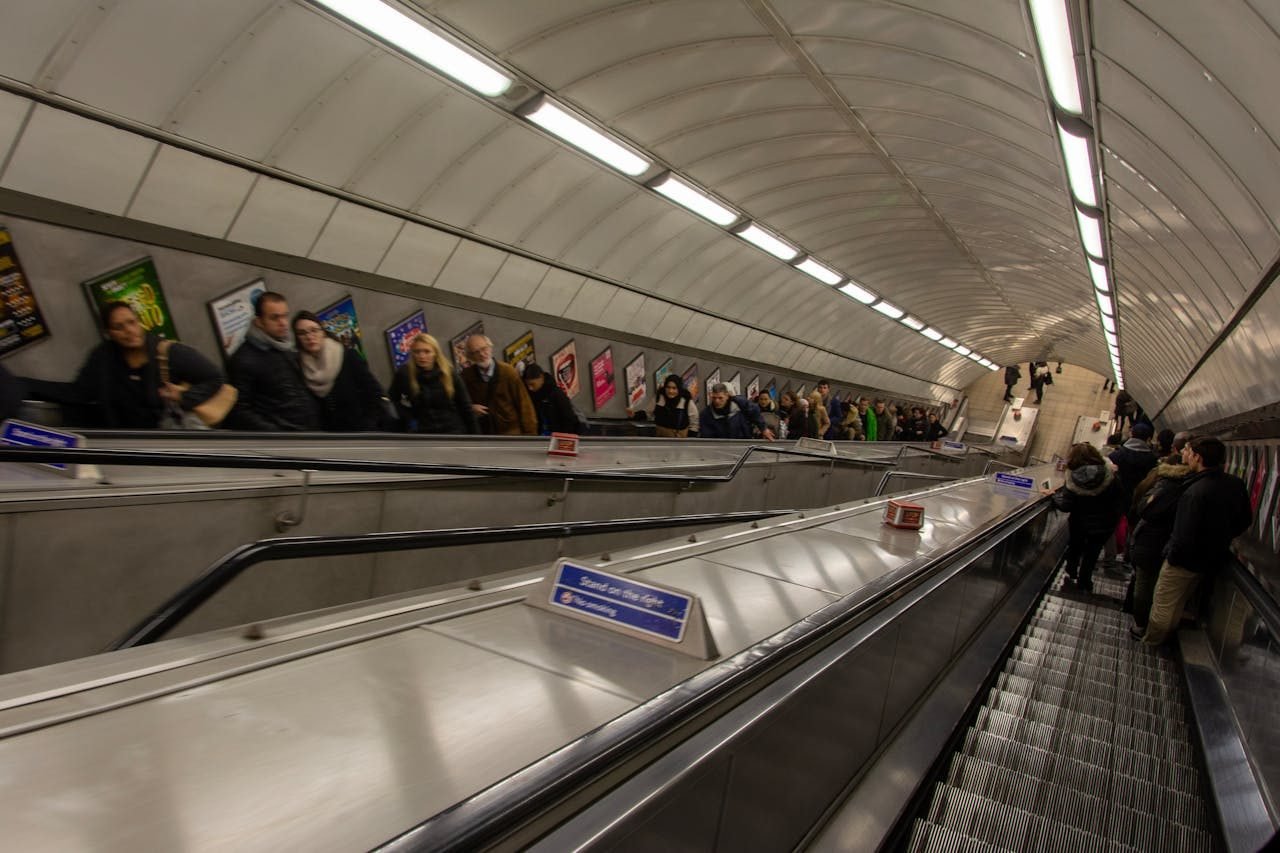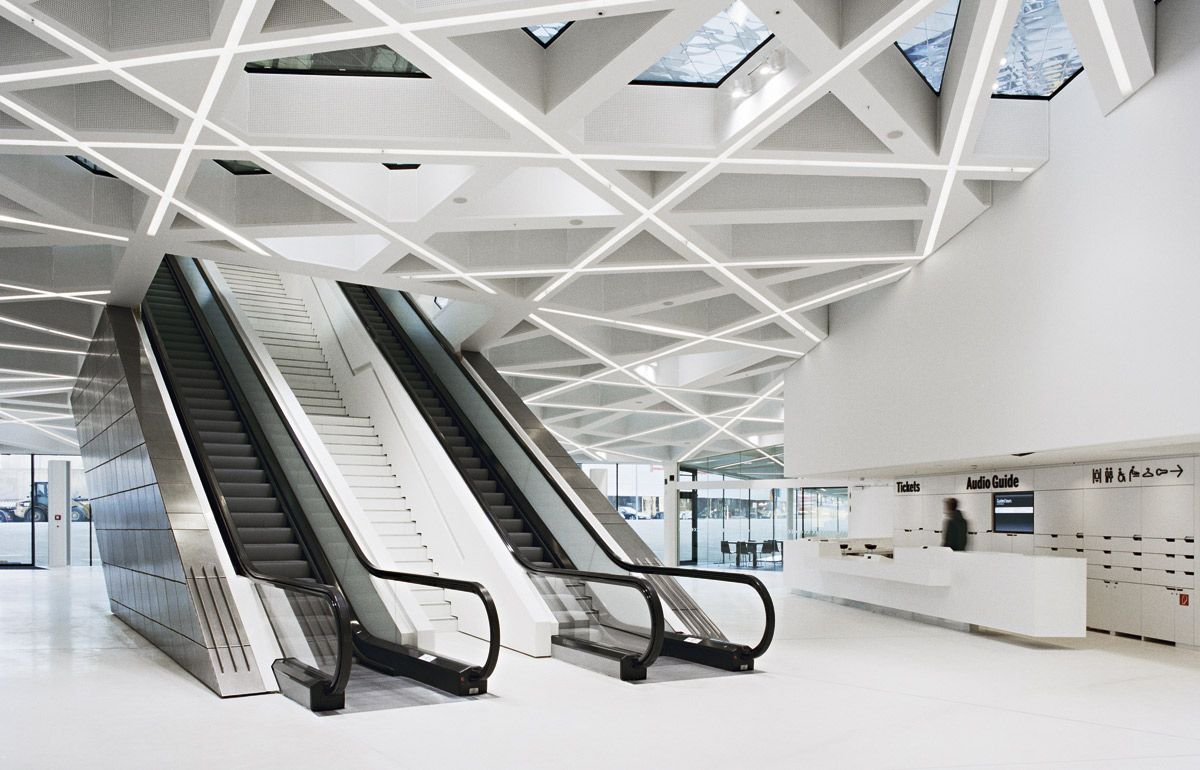Electrical Stairs



ProjectDetails
- RSasmito Studio
- Sidoarjo, East Java, ID
- March, 2019
- $250.000
- www.rudhisasmito.com
DownloadBrochure
General Information
An electrical stairway typically refers to escalators or moving walkways—mechanized systems that transport people between different levels in buildings. They are commonly used in malls, hospitals, airports, train stations, and commercial complexes.
A. Escalators (Moving Stairs)
- A continuously moving staircase designed for vertical transportation.
- Inclined at 30° to 35° with step heights of around 200-220 mm.
- Used in high-traffic areas where elevators are insufficient.
B. Moving Walkways (Travelators/Auto Walks)
- A flat or inclined conveyor belt that transports people over short distances.
- Used in airports, malls, and hospitals for faster movement.
- Inclined moving walkways typically have an angle of 10° to 12°.
A. Major Mechanical Components
- Steps/Pallets: Moving platforms that users stand on.
- Handrails: Rubber or plastic belts synchronized with step movement.
- Balustrades: Side panels for safety, made of tempered glass or metal.
- Trusses: Metal framework supporting the entire system.
B. Drive & Control Systems
- Electric Motor: Drives the step movement.
- Gearbox & Chain System: Transmits power from the motor to the steps.
- Sensors & Safety Systems: Stop operation in case of emergencies.
A. Speed & Capacity
- Typical speed: 0.3 to 0.6 meters per second.
- Capacity: 4,000 to 12,000 people per hour.
B. Inclination Angles
- Escalators: Standard inclinations are 30° or 35°.
- Moving Walkways: Usually 0° to 12°.
C. Power Consumption
- Varies by length and load; most systems use 3-phase AC power with energy-efficient motors.
- Advanced models use variable frequency drives (VFDs) to reduce energy consumption when not in use.
- Automatic Stop Sensors: Detect obstructions or malfunctions.
- Emergency Stop Buttons: Located at entry and exit points.
- Skirt Brushes: Prevent objects from getting stuck between the steps and balustrade.
- Anti-Slip Steps: Grooved steps for better grip.
- Handrail Speed Synchronization: Ensures handrails move at the same speed as steps.
- Shopping Malls: Facilitates smooth movement of large crowds.
- Hospitals: Used in non-critical areas; elevators are preferred for patients.
- Airports & Train Stations: Enhances passenger flow.
- Office Buildings: Reduces waiting time compared to elevators.
- 6. Otis
- Schindler
- KONE
- Thyssenkrupp
- Mitsubishi Electric
- Hitachi
Conclusion
Electrical stairways (escalators & moving walkways) enhance transportation efficiency in high-traffic areas. Their design, safety features, and energy efficiency make them essential in modern infrastructure.
Would you like recommendations for escalator suppliers in Egypt?
